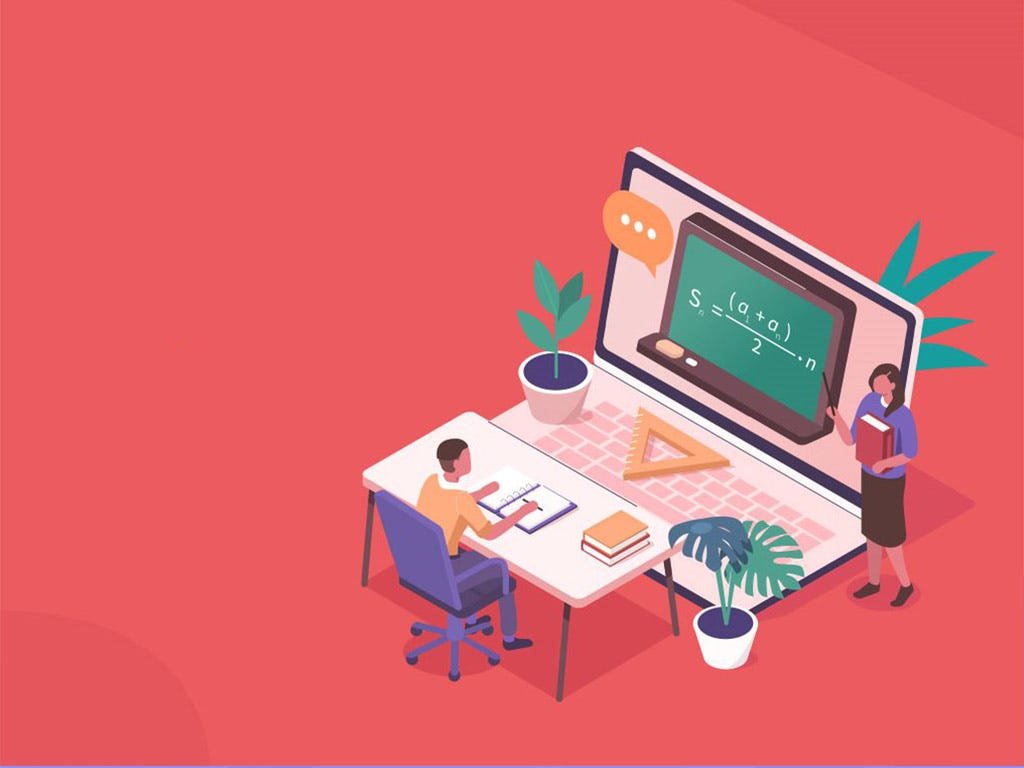In the ever-evolving landscape of education, harnessing the potential of cutting-edge educational tools is not just an option; it’s a necessity. As we delve into the realm of enriching learning experiences, it becomes evident that staying ahead requires more than traditional methods. This comprehensive guide explores the transformative impact of educational tools and how they propel us into a future where knowledge acquisition is dynamic and engaging.
The Evolution of Learning: Embracing Educational Tools
Embracing Technological Advancements
The digital era has revolutionized every facet of our lives, and education is no exception. Interactive whiteboards, virtual reality simulations, and online collaboration platforms have become integral components of modern classrooms. These tools break down geographical barriers, allowing students to connect and collaborate seamlessly, fostering a global perspective.
Personalized Learning Journeys
Gone are the days of one-size-fits-all education. Today, adaptive learning software tailors educational experiences to individual needs. By analyzing students’ progress and adapting content in real-time, these tools ensure that every learner receives a personalized curriculum, enhancing comprehension and retention.
Navigating the Educational Tool Landscape
Learning Management Systems (LMS): A Hub of Possibilities
Central to the educational technology ecosystem, LMS platforms streamline administrative tasks and provide a centralized space for course materials, quizzes, and collaborative projects. This centralized approach not only enhances organization but also facilitates a smoother learning experience for both educators and students.
Gamification: Turning Learning into Play
Gamification adds a playful aspect to the educational process. By incorporating game-like elements such as points, rewards, and competition, educational tools make learning engaging and enjoyable. This approach not only captivates students’ attention but also motivates them to actively participate in their learning journey.
Advantages of Integrating Educational Tools
Enhanced Engagement
Traditional lectures often struggle to keep students engaged. Educational tools, on the other hand, provide interactive and multimedia-rich content that captures attention and sustains interest. This heightened engagement translates to better understanding and knowledge retention.
Real-world Application
The integration of simulation tools allows students to apply theoretical knowledge to practical scenarios. Whether it’s conducting virtual experiments in science or simulating business scenarios, these tools bridge the gap between theory and real-world application, preparing students for the challenges they’ll face in their future careers.
Overcoming Challenges and Maximizing Impact
Training and Professional Development
For educators to harness the full potential of educational tools, adequate training is essential. School districts and educational institutions must prioritize continuous professional development to empower teachers with the skills needed to navigate and leverage these tools effectively.
Ensuring Accessibility
While educational tools offer incredible benefits, ensuring accessibility for all students is paramount. Institutions must address issues related to device availability and internet connectivity to guarantee that every student can participate in the digital learning experience.
Conclusion
In conclusion, the integration of educational tools is not a mere enhancement; it’s a fundamental shift in the educational paradigm. By embracing technology, personalized learning, and innovative approaches, we pave the way for a future where education is not just informative but transformative.
Frequently Asked Questions (FAQs)
Q1: Are educational tools suitable for all age groups?
A1: Absolutely. Educational tools are designed to cater to various age groups, from elementary school to higher education. The key lies in selecting tools that align with the developmental stage and learning objectives of the students.
Q2:How can teachers use these resources into their lesson plans?
A2: Professional development and training programs are essential for educators to effectively integrate educational tools. Workshops, online courses, and peer collaboration can empower teachers to leverage these tools for maximum impact.
Q3: Are there challenges associated with the implementation of educational tools?
A3: Yes, challenges such as device availability, internet connectivity, and the need for continuous updates and training may arise. However, proactive measures, institutional support, and addressing these challenges head-on can ensure a smooth implementation process.
